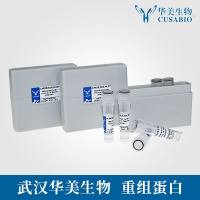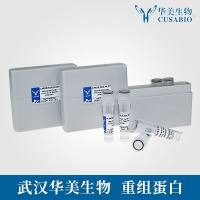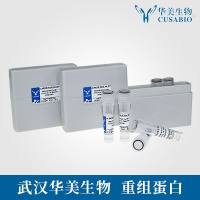Bacterial artificial chromosomes (BACs) are ideal materials to use for the purpose of integrating DNA sequence with cytogenetic markers. They have been the major vectors used in genome sequencing. BACs are also well suited for fluorescent in situ hybridization (FISH) in that they represent a stable and easily manipulated form of cloned DNA that produces bright, well-defined signals on metaphase and interphase chromosome preparations (
1 ). To link chromosomal position with DNA sequence throughout the human genome, we have developed an integrated BAC resource (
1 ) by using FISH, PCR, and sequencing. The Resource contains a total of 6000 randomly mapped BAC clones, out of which, 1021 are BAC-sequence-tagged sites (STS) pairs representing 957 BACs (Fig. 1 ). This tool can be now used to rapidly identify genes affected by chromosomal rearrangements seen in genetic disorders and cancers. After this initial development, an international effort has assembled a collection of BAC clones that are both sequence-tagged and mapped relative to cytogenetic bands using FISH, resulting in a collection of 7600 clones (
2 ;
see Note 1 ).
Fig. 1. An Integrated BAC Resource was developed using FISH and PCR to link chromosomal position with DNA sequence in the human genome (1 ). This map contains a total of 1021 BAC-STS pairs representing 957 BACs, each mapping to the position indicated by the vertical lines at the right of each chromosome ideogram. The length of the line indicates the resolution of the assignment, i.e, the outer boundaries of the band(s) within which the BAC signal is located as described in the methods. Although higher resolution may be obtained from our archived images, within a single band region, BACs are also ordered by the genetic and RH maps (1 ,16 ).










